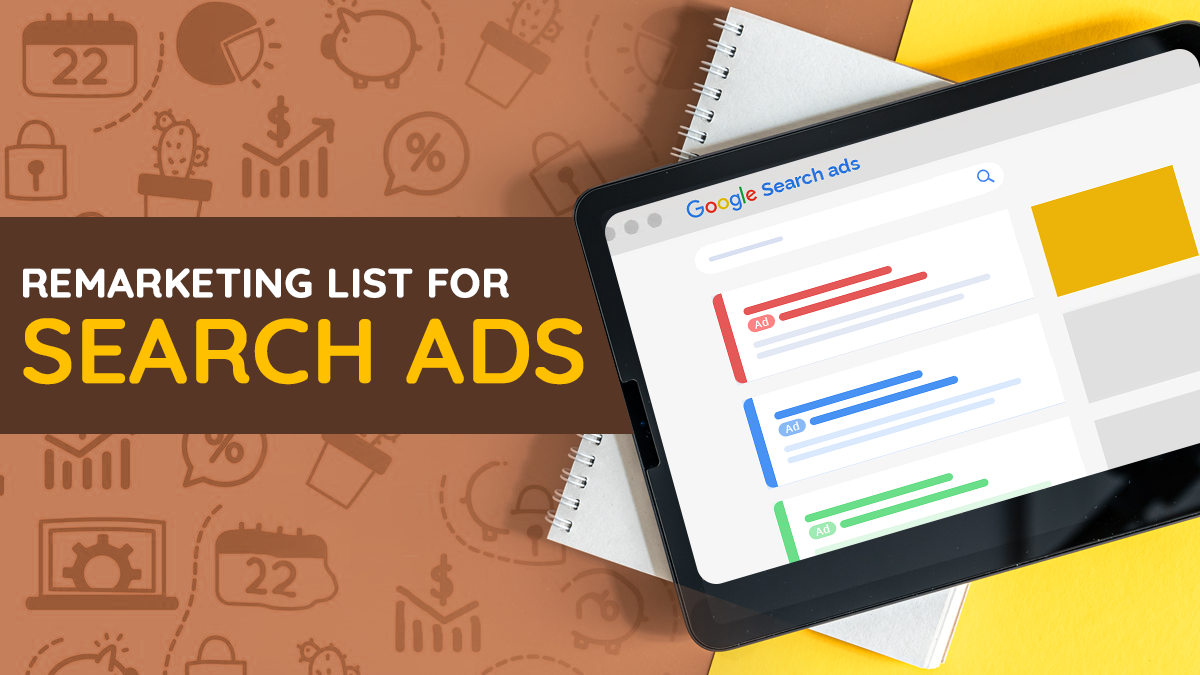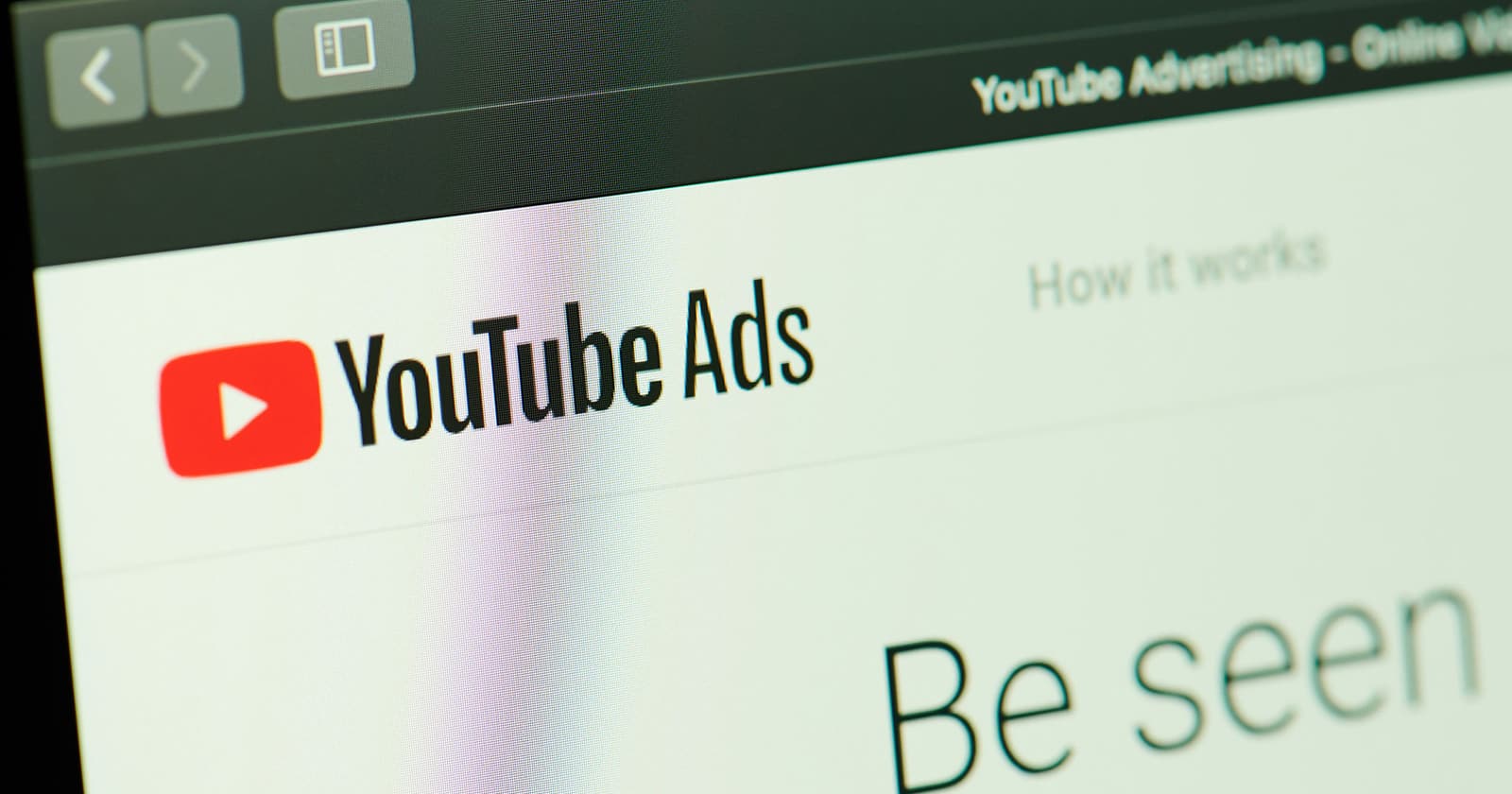Imagine this scenario: a potential customer visits your website, browses for a bit, adds a few items to their shopping cart, but then leaves without making a purchase. Later, they see your ad atop their favorite news website. While it might seem like you’re “following” them, what you’re actually doing is remarketing.
Most search networks allow you to engage in search remarketing by modifying your ad text, adjusting your bids, and expanding your keyword usage. But what if there are more options beyond these? And what if you could also understand the intent behind the searched keywords? This is where RLSA, or Remarketing Lists for Search Ads, comes into play.
What Does Remarketing Lists for Search Ads (RLSA) Mean?
Introduced in 2013, RLSAs have been highly beneficial for online marketers and brands operating on tighter marketing budgets. Google’s RLSA feature allows you to tailor your search ads for individuals who have previously visited your site. You can modify your bids and ads for these visitors when they search on Google and its partner sites.
In simple terms, RLSA campaigns use a cookie to track when a customer visits a specific website. This cookie monitors the user’s online activities and relays the information back to your company. You can then segment these visitors based on their behavior, creating detailed profiles.
This data helps you determine the optimal timing and placement for additional ads. Consequently, businesses can craft targeted advertisements to reach these customers and guide them through the conversion process.
If you’re considering using RLSA for your paid campaign, your paid advertising services provider can offer more detailed information and guidance.
RLSA Audiences
RLSA audiences are created by placing a small piece of code on your website. This code categorizes your audiences into different lists based on their activities on your site. Once the labels are applied, you can strategically target these segments and incorporate them into your advertising campaigns.
Creating specific RLSA groups enables marketers to capitalize on individuals already interested in their products, making it easier to convert them into customers. Consequently, you’ll likely see increased sales, higher revenue, and more efficient advertising spending, as these website visitors are more inclined to make purchases.
For instance, if you sell kitchen accessories and a visitor comes to your website to explore kitchen maintenance but leaves without buying anything, you can place them in a group. Later, when they search for “kitchen accessories” or related terms, you can display ads for your business to them.
How Do Remarketing Lists for Search Ads (RLSAs) Work?
Remarketing Lists for Search Ads (RLSA) enhance online advertising by targeting individuals who have previously visited a website but didn’t complete a purchase. When visitors engage with specific pages or actions on a website, they are added to a list for future ad targeting.
Subsequently, when these individuals search online, advertisers can present them with tailored ads in their subsequent searches. RLSA combines familiarity with search intent. Those familiar with the brand or product will see personalized ads when they search for related terms.
This integration of personalized remarketing and search intent results in more focused and compelling advertising. Advertisers can opt to bid higher or use customized ads to capture the interest of potential customers, leveraging the existing connection with these prospects.
By combining precise search intent and personalized advertising, RLSA makes ads more relevant, enhances user experience, and increases the effectiveness of search advertising.
RLSA campaigns operate in two modes: observation and targeting. In observation mode, you can assess the potential performance of your ads with a specific audience and how they might respond to a particular keyword. In this mode, you can adjust your bid with a bid modifier if both criteria are met. If no bid adjustments are made, your ad will appear in searches, regardless of whether the users are in your target audience.
Targeting mode activates when the ad only appears if someone searches the keyword and is part of the specified audience. This mode refines advertisers’ strategies, offering “Bid Only,” where bids are adjusted for chosen segments, and “Target and Bid,” where ads are shown exclusively to selected audiences. This mode ensures ads are more effective for different user groups, enhancing engagement and purchase likelihood.
Setting Up RLSA
Step 1: Create a list of people who have visited your website.
Step 2: After creating your lists, utilize them in a search network campaign or ad group.
Step 3: Initiate a new “Search” campaign, or select an existing search campaign or ad group from the menu.
Step 4: Click on “Audiences” in the left-side menu.
Step 5: To create an audience list, click on the pencil icon.
Step 6: In the “Add to” section, select your campaign or ad group.
Step 7: Choose a campaign or ad group to focus on by clicking on “Select a campaign” or “Select an ad group.”
Step 8: Under “How they interacted with your business,” click on “Website visitors.”
Step 9: Check the boxes next to each group you want to include in the remarketing list. The “Selected audiences” section will populate accordingly.
Step 10: Click the “Save” button.
Remarketing List for Search Ads vs. Traditional Display Retargeting
RLSA is sometimes confused with display remarketing, but they are distinct. Essentially, RLSA enhances display advertising. Like RLSA, display retargeting targets people who have previously visited your website by showing ads on various websites. Unlike RLSA campaigns, which are displayed on Google search result pages, display ads appear randomly on other sites.
For RLSA ads to appear on Google, the user must demonstrate specific search intent. Display retargeting campaigns typically target customers at the initial stages of shopping. Although RLSA campaigns are gaining popularity, display remarketing remains widely utilized on Google Ads.
Display retargeting is commonly used to reach previous website visitors. However, this method faces challenges, such as the increasing use of ad blockers. Ad blocking has grown more popular over the years, causing concern for advertisers. Research indicates that around 30% of people in the US use ad blocking tools.
This means potentially losing about a third of your interested audience. Many people find traditional ads intrusive. RLSAs, on the other hand, present ads to individuals who have already visited a website when they search on Google, avoiding the issue of intrusive pop-up ads.
Advantages of RLSA
RLSA is a powerful tool within Google Ads that enhances its effectiveness. Here’s how it can benefit your business:
Increase Conversion Rates
Did you know that only about 2-4% of website visitors make a purchase? If your website isn’t converting as expected, leveraging RLSAs can be transformative. This remarketing strategy enables you to adjust your ad spend, create tailored ads, or choose keywords based on previous website visitors. Utilizing existing data about these visitors can lead to increased sales and revenue.
Better Relationship With Customers
In today’s market, consumers seek a personal connection with brands. Personalization is key in this aspect. RLSAs allow you to modify your ads based on a customer’s past interactions. As customer preferences evolve throughout their buying journey, this strategy can help you cultivate a stronger relationship with them.
Efficient Use of Ad Money
Many marketers face budget constraints, particularly when bidding on popular, high-cost search terms. With RLSA campaigns, you avoid bidding on such terms since your audience is already pre-qualified. This approach allows advertisers to focus their resources on prospects most likely to convert.
Cross-Selling Opportunities
Remarketing can effectively promote various products or services. For example, if someone booked a trip to Hawaii, you could aggressively position your resort or car rental company in their search results for accommodations or car rentals in Hawaii. While the cost per click may be higher, the potential benefits could outweigh the risks.
Also Read: How to Use Google’s Responsive Display Ads & Its Best Practices
Effective RLSA Strategies for Success
Coordination in Messages
Customizing your campaign is key to a successful RLSA strategy. This involves displaying ads that align with how users first interacted with your brand. Create tags for visitors to your site and adjust your ad bids based on their behavior. This ensures that your ads are more relevant and appealing to them.
Competing for Popular Terms
Competition is beneficial in RLSA campaigns, enhancing their effectiveness. This is particularly true as your potential customers are likely comparing various products and services. Utilize RLSAs to present ads that feature your competitors’ brands to individuals already familiar with your store. This strategy can divert customers from your competitors to you.
Tiered Bidding
Tiered bidding allows you to cater to different audience segments without overspending. With this approach, you can modify your bids based on audience engagement levels. For instance, you might allocate more ad spending to reach recent website visitors compared to those who haven’t visited in a while.
Demographic Targeting
Focusing solely on keywords can overlook the actual person behind the search. Imagine having a product that appeals to a specific demographic. Demographic targeting enables advertisers to reach specific groups based on age, gender, marital status, and income. This data can be used to display tailored ads to past visitors who share these characteristics.
Cart Abandonment Targeting
Online shopping has become increasingly popular, yet many customers hesitate before finalizing a purchase. This is where remarketing lists for search ads, particularly with Google Shopping campaigns, can be highly effective. They allow you to target individuals familiar with your brand, who are more inclined to make a purchase and are actively searching for your products. This strategy involves creating lists of users who abandoned items in their cart and designing ads to encourage them to complete the purchase.
Segment Bidding
This strategy involves increasing your bid amounts when a person is on the verge of making a purchase. It can be implemented by running different ads at various times and boosting your ad spend for individuals who have frequently visited your online store. These people are more likely to make purchases.
Customizing Ad Text and Landing Pages
A significant advantage of RLSAs is the ability to tailor your ads for individuals who have previously visited your site or made a purchase. For example, if you have a list of people who have made a purchase or downloaded something, you can tailor your search ads specifically for this audience. You can also modify the ad text to be more relevant to past customers, such as offering them a 5% discount on their next purchase.
Also Read: Mastering the 7 Essential Attributes of a Good Landing Page
Excluding Converted Users
A digital marketing company may choose not to display ads to individuals who have already inquired about their services, as these prospects are likely already engaged in discussions. Continuously showing ads to these users would be an inefficient use of resources, especially within the next 30 days. Therefore, it’s prudent to exclude those who have reached your final conversion page from your current ads.
Conversion Based Automated Bidding
If the aforementioned strategies don’t resonate, you can still enhance your search campaigns by combining RLSAs with conversion-based automated bidding strategies. AdWords has indicated that when using audience lists in search campaigns alongside automated bidding for increased conversions, AdWords will consider the likelihood of your audience converting when setting bids.
Final Thoughts
It’s important to acknowledge that using Google Ads can be challenging. Visitors come to your site for various reasons, and RLSA helps guide them toward making a purchase, familiarizes them with your brand, and converts them into paying customers. We hope this post has clarified how to create a robust Google search ad retargeting campaign, enabling you to engage with your most frequent visitors and increase both customer acquisition and revenue for your company.
FAQs
Can RLSA be used for all types of businesses and industries?
Yes, Remarketing Lists for Search Ads (RLSA) can be effectively used across various types of businesses and industries. This versatility allows businesses to re-engage with past website visitors, tailoring their search ad campaigns to audiences already familiar with their brand, products, or services, regardless of the industry.
How do I make and change remarketing lists for my search ads?
On Google Ads, navigate to the “Audiences” section, select “Remarketing,” and create lists based on user behavior. You can modify these lists to target specific activities, such as page views or the duration of a site visit.
What choices do we have for targeting in RLSA, and how do they affect how ads are shown?
RLSA offers two targeting options: “Bid Only,” where you adjust bids for ads shown to a specific group, and “Target and Bid,” which only displays ads to that group. These options allow advertisers to tailor how ads are presented to different user segments.
Can RLSA help bring back people who looked at certain pages on my website?
Yes, RLSA allows advertisers to create lists of individuals who visited certain pages. This precision enables the display of ads to those with a demonstrated interest in specific products or services.



























